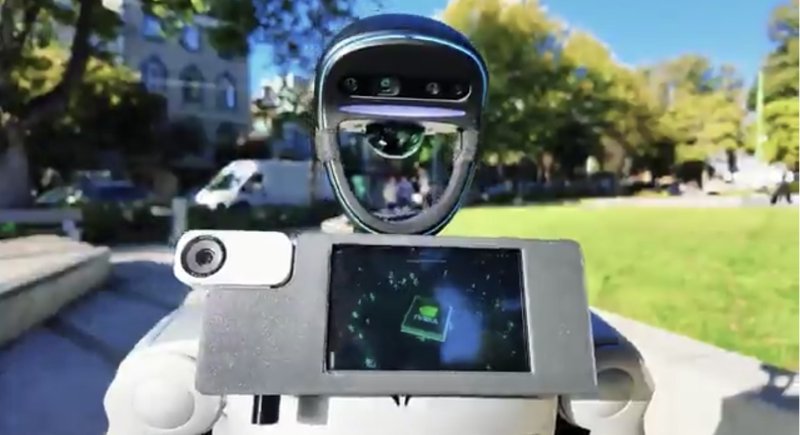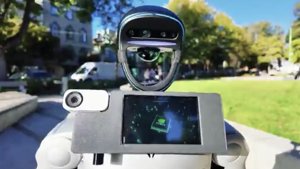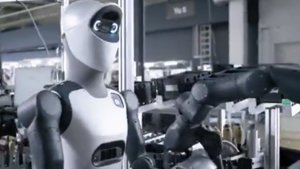In the relentless march to give every inanimate object a mind of its own, San Francisco-based OpenMind has just unveiled the BrainPack. It’s a hardware-and-software system that straps onto a robot like a parasitic twin you actually want, imbuing it with what the company calls “real-world intelligence.” At the heart of this clip-on cortex is the monstrously powerful NVIDIA Jetson Thor, a compact supercomputer designed specifically to handle the complex, real-time reasoning required for physical AI.
The BrainPack is designed to be a universal translator for autonomy, handling the heavy cognitive lifting of 3D mapping, object recognition, autonomous charging, and privacy-preserving vision (by automatically blurring faces) for any compatible robot body. The first demonstrated host is a Unitree G1 humanoid, but OpenMind’s ambition is much broader. CEO Jan Liphardt, a Stanford professor, stated, “We’ve built the bridge between robotics and intelligence,” aiming to provide a hardware-agnostic platform that lets robot makers focus on mechanics while OpenMind handles the thinking.
Why is this important?
For decades, the robotics industry has been dominated by walled gardens. Buying a robot often meant buying into a single, closed ecosystem where the hardware, software, and AI were inextricably linked. This vendor lock-in stifles innovation and makes upgrading a costly nightmare. OpenMind’s strategy is to smash that model by decoupling the “brain” from the “body.” By creating an “Android for robotics,” they aim to commoditize the intelligence layer, allowing any hardware to run a powerful, standardized autonomous system. If successful, this could dramatically accelerate the deployment of useful robots by creating a competitive, interoperable market for both robotic bodies and their AI minds.






